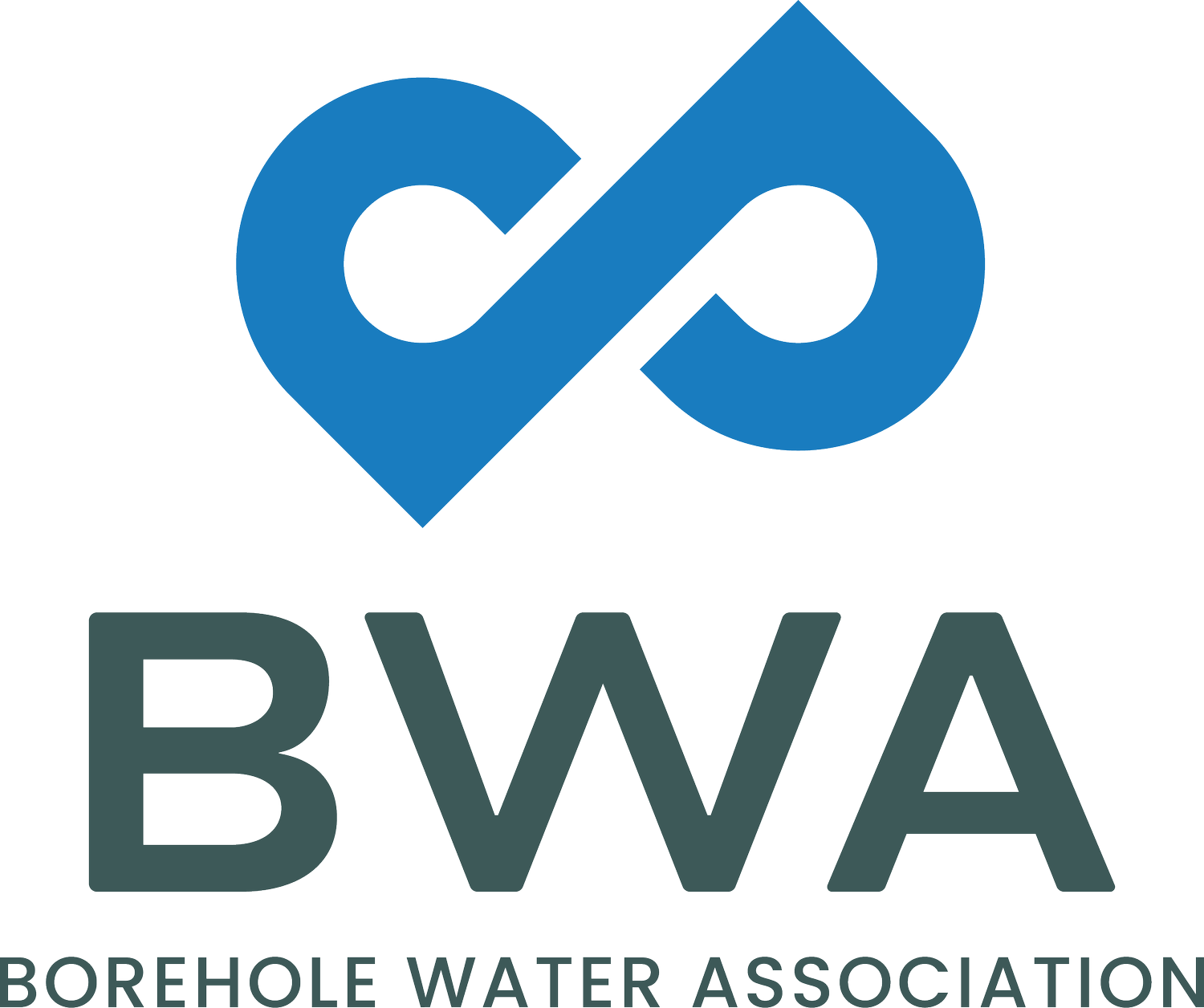3D geological modelling, or geomodelling, is the applied science of creating computerized representations of portions of the Earth's crust based on geophysical and geological data. A geomodel is the numerical equivalent of a three-dimensional geological map, complemented by a suite of physical quantities within the volume of interest. Geomodelling reflects the current state of the Shared Earth Model, developed in the 1990’s.
The past decade has seen a tremendous growth in the capability of almost all commercial 3D geomodelling packages, to the point where they run on high-end PCs. This growth has changed the face of mineral exploration and mining: there is now a large overlap in terms of basic volume modelling and manipulation between commercially-available, general modelling packages and those specifically tailored for use in geology and mining. Recent trends are away from software packages that have unforgiving data import routines, employ explicit or section-based modelling and which incorporate limited data sets or types. The trend is towards software packages that have flexible import routines; comprehensive data checking and cleaning tools; rapid, dynamic, implicit modelling of surfaces, volumes and shells; integration of lazrge numbers of disparate data sets and 3D querying of spatial data to determine trends and patterns. These packages typically employ an easy, workflow-driven approach.
About the Course
The course is not specific to any modelling package, but rather uses a “nuts-and-bolts” approach. It presents underlying data and techniques employed in creating usable geometries for downstream processes. The course will be of particular relevance to those who are unfamiliar with 3D geomodelling. It will also be of particular interest to those that require a degree of insight into the relatively recent move towards rules-based implicit modelling or professionals or companies that are considering changing software packages:
An overview of the various data types that should be combined and examined in a typical model-building process.
The applicability of specific modelling techniques and philosophies to various deposit types and problems: 2D models vs. 3D models; exploration models; geophysical data inversion; resource estimation models; geotechnical models; conceptual models.
Basic definitions of points, lines, polylines and polygons and variations in nomenclature.
Techniques for the collection, storage, verification and validation of data.
The processes of 3D geological modelling and the techniques employed.
The difference between explicit, implicit and rules-based implicit modelling.
Incorporation of structural data to create a fault network.
Tertiary use of 3D models, such as surface dip analysis, apparent dip analysis, 3D querying, intelligent targeting and trend analysis.
New trends and developments.
About Dr Ian Basson
Dr Ian Basson Ian graduated with a Ph.D. in Structural Geology from the University of Natal (now Kwazulu-Natal) in 2000. He completed his Post-Doctoral Studies at the University of Cape Town in 2002, with a focus on the structural controls on kimberlite emplacement. He founded Tect Geological Consulting in 2002 and has worked on 38 deposit types in 16 countries throughout Africa and Middle East. Tect has constructed 43 fully-constrained 3D models for the mining and exploration industry (see www.tect.co.za).
Ian’s skill set includes mapping of complex structural environments, including high-grade metamorphic terranes and terranes with a significant brittle-ductile or brittle overprint; structural and lithological mapping of open-cast mines; translation of structural features into parameters that are used by geotechnical engineers and mining personnel in pit slope design and mine planning; 3D modelling of complex geology; lithological and structural interpretation of geophysical and Landsat/ASTER data sets; forward structural modelling in greenfields or brownfields exploration projects using stress mapping and modelling. Ian has published 21 peer-reviewed articles. He is a Senior External Lecturer at the University of Stellenbosch, where he presents the Honours Geology Class with a course on general 3D modelling and a practical course in Micromine™.




